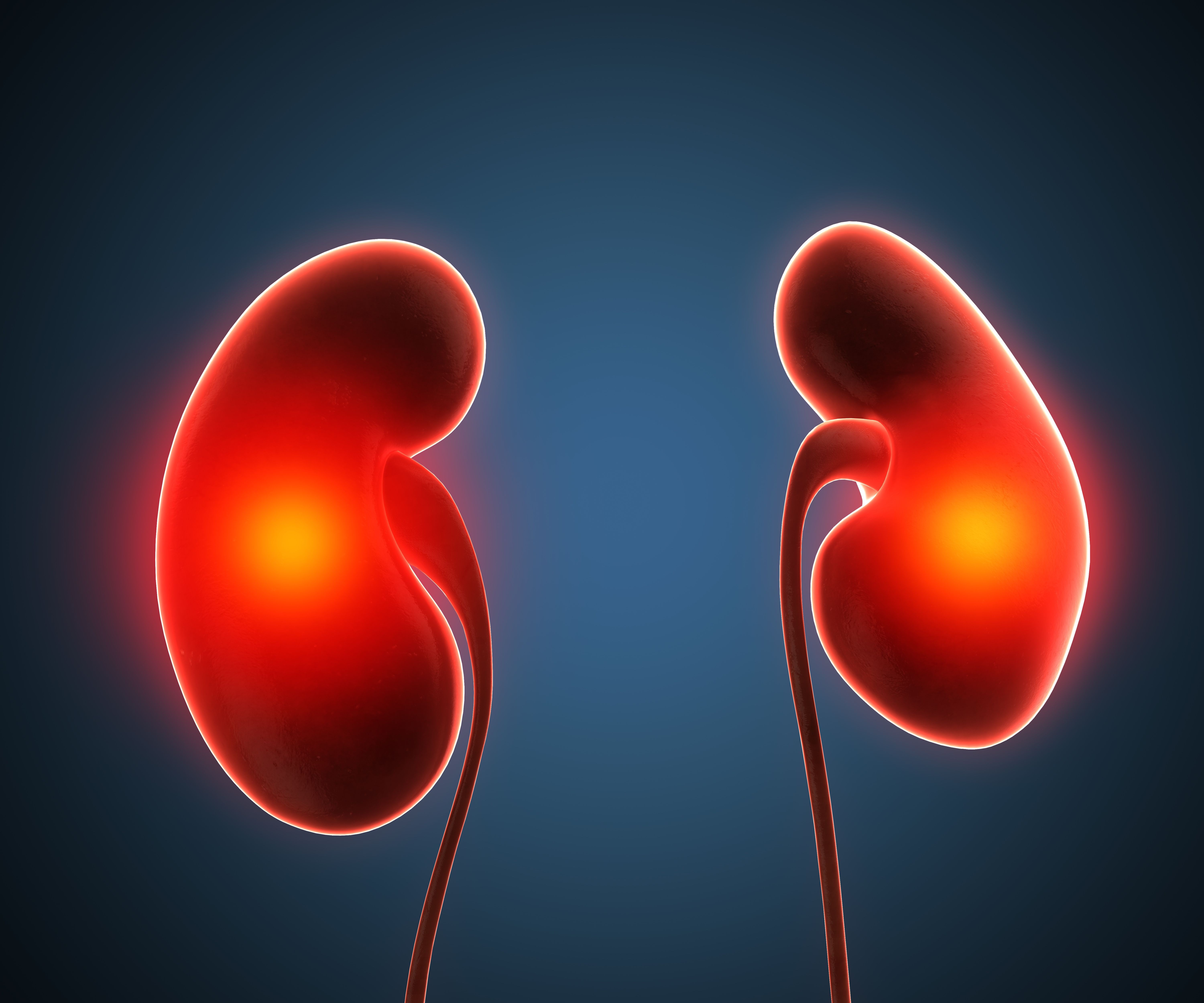Time-Averaged Serum Uric Acid Linked to IgA Nephropathy Progression Risk
Findings suggest the potential prognostic value of time-averaged serum uric acid for predicting disease progression in IgAN.
Credit: Fotolia

Despite prior uncertainty about its prognostic value in IgA nephropathy (IgAN), findings from a recent study suggest time-averaged serum uric acid is an independent risk factor associated with IgAN progression.1
Results showed time-averaged serum uric acid levels were associated with triglyceride levels, complement component levels, renal function, and pathological severity, highlighting its potential value as a prognostic indicator in patients with IgAN.1
There is currently no cure or definitive way to predict IgAN prognosis, with treatment seeking to prevent the need for dialysis or kidney transplantation. Several risk factors for disease progression have been identified, but the potential role of serum uric acid is not well understood due to conflicting research, requiring further assessment to determine its association with clinicopathological severity and long-term renal prognosis.1,2
“Primary prevention strategies, including early detection and strategies to control risk factors, are needed to protect against the poor renal outcomes of IgAN and its related complications,” Jianxin Wang, of Fujian Medical University in China, and colleagues wrote.1
To investigate the factors affecting time-averaged serum uric acid and to assess the prognostic value of time-averaged serum uric acid in IgAN, investigators conducted a retrospective study involving patients with IgAN who underwent kidney biopsy between June 2012 and December 2018 in the department of nephrology of the First Affiliated Hospital of Fujian Medical University. Patients were excluded if they were ≤ 18 years of age, had < 12 months follow-up, or had a secondary cause of IgAN.1
All patients were followed up through regular visits at 6-month intervals until June 2021. The composite endpoint was the doubling of baseline serum creatinine or ESRD, indicated by an estimated glomerular filtration rate (eGFR) <15 ml/min per 1.73 m2 or the initiation of renal replacement therapy.1
Investigators defined time-averaged serum uric acid as the AUC for serum uric acid during follow-up divided by the total number of months of follow-up. Similarly, the time-averaged serum albumin and time-averaged hematuria values were calculated with the same method.1
The relationships between time-averaged serum uric acid and clinicopathological features and renal outcomes were analyzed in groups divided by quartiles of time-averaged serum uric acid levels, sex, and the presence of hyperuricemia, defined as serum uric acid ≥420 µmol/L for men and ≥360 µmol/L for women.1
A total of 152 patients were enrolled in the study. Among the cohort, the mean age was 35 years, 50% of patients were male, and the mean baseline serum uric acid and time-averaged serum uric acid levels were 392.00 (Standard deviation [SD], 314.30 to 454.52) µmol/L and 376.02 (SD, 311.50 to 444.46) µmol/L, respectively.1
Investigators noted patients with high time-averaged serum uric acid levels had greater levels of baseline serum uric acid, blood urea nitrogen, triglycerides, serum C3, serum C4, and were more likely to be male and have hypertension, proteinuria, poor renal function, and pathological injuries. Additionally, these patients had a poorer prognosis compared to patients with low time-averaged serum uric acid levels.1
Upon analysis, the time-averaged serum uric acid level was positively correlated with baseline age (r = 0.170; P = .036), blood urea nitrogen (r = 0.488; P <.001), and triglycerides (r = 0.359, P <.001), was strongly negatively correlated with baseline eGFR (r = −0.627; P <.001).1
A total of 19 patients experienced renal endpoint events during 58.08 (SD, 23.51) months of follow-up. Investigators pointed out the cumulative survival rate for the primary outcome was significantly lower in patients with time-averaged serum uric acid levels in the highest quartile than in those with time-averaged serum uric acid levels in the lower quartiles (P <.001). Further analysis revealed the renal survival rate in patients with persistent hyperuricemia was significantly lower than that in patients with normo-uricemia, consistent across both male and female patients.1
Multivariable regression analysis showed the time-averaged serum uric acid level (Hazard ratio [HR], 1.011; 95% CI, 1.005 to 1.017; P = .001) and T1–T2 (HR, 4.893; P = .001) were independent risk factors for renal dysfunction, but hemoglobin level (HR, 0.973; P =.007) was a protective factor. Investigators further identified the optimal cutoff values of time-averaged serum uric acid as 451.38 µmol/L (area under the curve [AUC], 0.934) for men and 492.83 µmol/L (AUC, 0.768) for women.1
Investigators called attention to several potential limitations to these findings, including a lack of data regarding patients’ use of uric acid-lowering medication, the single-center design with a relatively small sample size, and the inclusion of only patients diagnosed with IgAN without a non-IgAN control cohort.1
“The results of the present study show that the level of time-averaged serum uric acid is associated with the levels of serum TG, C3, and C4 as well as renal function and the pathological severity of IgAN,” investigators concluded.1 “We recommend that these findings be considered in treatment planning and in the design of prospective therapeutic trials."
References:
- Weng M, Fu B, Zhuo Y, et al. Association of time-averaged serum uric acid level with clinicopathological information and long-term outcomes in patients with IgA nephropathy. PeerJ 12:e17266 https://doi.org/10.7717/peerj.17266
- Mayo Clinic. IgA Nephropathy (Berger Disease). June 9, 2023. Accessed May 7, 2024. https://www.mayoclinic.org/diseases-conditions/iga-nephropathy/diagnosis-treatment/drc-20352274